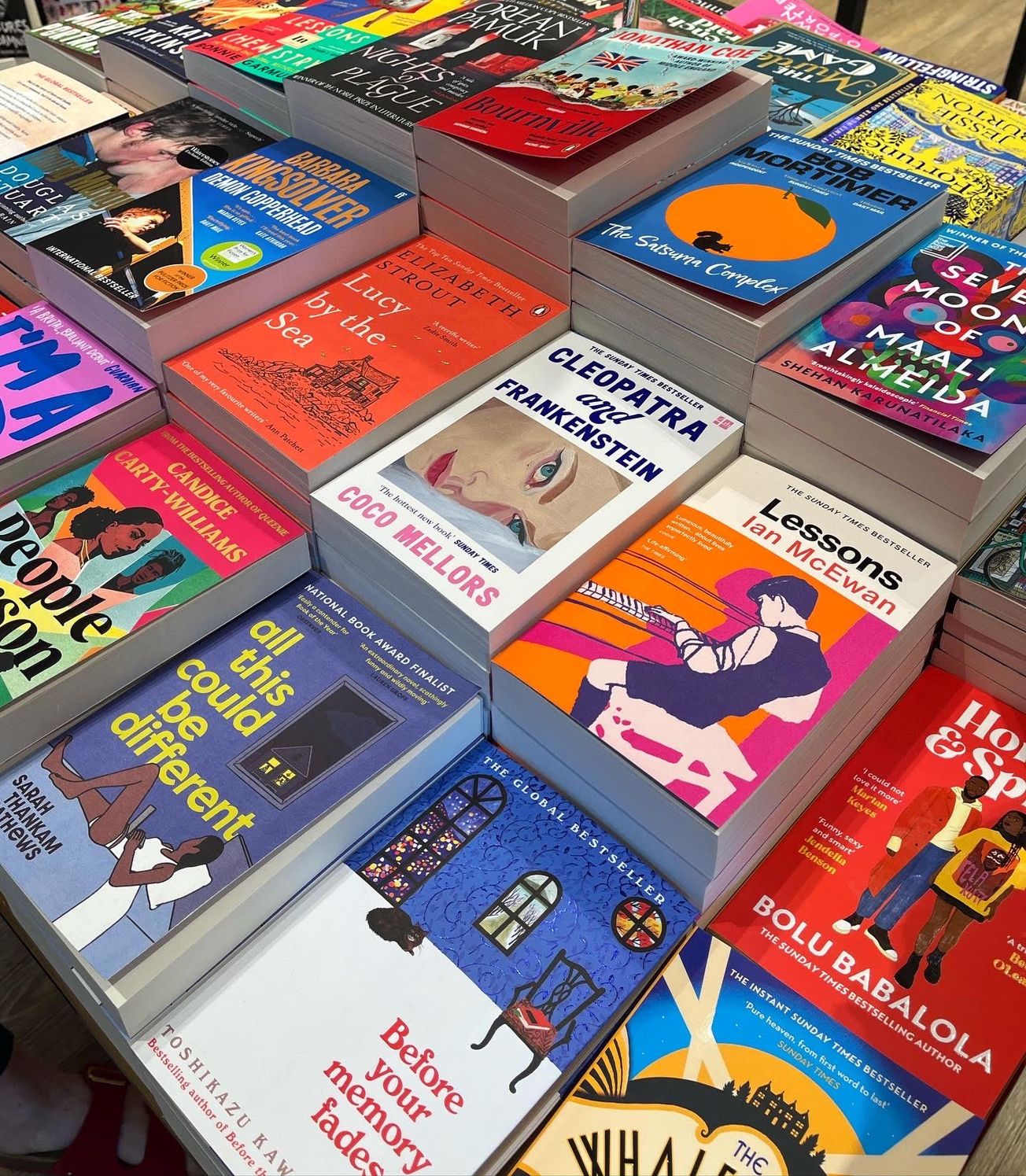Food Editor, Laila Freeman, shares five foodie New Year's resolutions to replace "going on a diet"
As another new year roles in, so does talk of New Year’s Resolutions. Amongst the most common New Year’s Resolution is to go on a diet, particularly in the aftermath of the festive period and its copious food offerings. However, whilst diets may be a good resolution for some, it seems that many people opt for this resolution without actually needing to lose weight.
There are many better ways to incorporate improving your health into New Year’s Resolutions without falling into the trap of starting - an most probably abandoning - a dieting regime that you probably do not need to be on in the first place. Here are some ideas for alternative resolutions.
1. Increase your fruit and vegetable intake
Realistically how many of us are actually eating ‘five a day’ on a daily basis? Although not exactly synonymous with the typical student diet, ensuring that you eat enough fruit and vegetables is a great goal to work towards - and one that is also very feasible.
Soups are an ideal way to pack in vegetables in the colder months, or try smoothies and salads as the weather gets warmer. Fruit and vegetables help your body in so many ways, such as by boosting your immune system or, on a more cosmetic note, by making your skin glow! They’re also great for filling you up and allowing big portion sizes that don’t massively increase your calories.
2. Drink more water
Drinking water has countless benefits but most adults are simply just not drinking enough. Whilst the importance of staying hydrated is drummed into us from childhood, there are so many other reasons why drinking enough water is important. For example, your digestive system depends on water and water is essential in maintaining blood pressure.
As someone who personally really struggles to drink enough water, I’ve found that aiming to drink one glass every two hours is a good goal. Alternatively, getting a large water bottle to finish throughout the day is another way to monitor your water intake.
3. Do more exercise
Although not strictly food related,doing more exercise makes for an ideal alternative to going on a diet. If the aim of your diet was to lose weight, why not aim to up the amount of cardio you do instead? Apps like Couch to 5K are amazing as they really help people to ease into running by assisting you on three runs a week, increasing in distance each time to gradually increase your fitness.
Alternatively, why not take out a one month gym membership and try to maintain this for a set time period. Chances are, you will get into a good routine and want to extend your membership once the month is up. If weight loss isn't your aim, doing exercise is an amazing way to tone up, increase your overall fitness and therefore your overall health, and build up your strength.
4. Reduce your meat consumption
Over the years, in particular with the growth of vegetarianism, people are becoming more aware of the positive impact of eating less meat. This is not to say that eliminating meat entirely is necessarily the ‘healthy’ choice, but initiatives like ‘meat free Monday’ could be something to consider adopting in the new year.
Ensuring that you do not eat meat as a part of every meal will encourage a more varied diet and is bound to lead to the discovery of new alternatives such as pulses and beans. And of course the environmental benefits of reducing meat consumption are undeniable, with the production of just one kilogram of beef requiring 15,000 litres of water and five square metres of land.
5. Ditch the calorie counting apps
In the most stark opposition to the ‘go on a diet’ resolution, why not agree to ditch calorie counting entirely. So many of us have apps like My Fitness Pal lurking on the back of our phones and, whilst these apps can be very useful to achieving goals when used correctly, simply counting calories without tracking macros or considering the food that makes up those calories can actually be to one’s detriment.
Setting arbitrary calorie limits suggest that it does not matter how you get to the goal figure, even if that is by eating one and a half large packets of Doritos as a substitute to three balanced meals. Likewise, many people fall into the mindset of believing that they should stop eating once having reached this figure, even if that means consuming no proper meals or no food with any nutritional value. Of course, this is not to say that these apps are all bad, but if you are going to use them then aim to use all the features, for example the charts showing you how much protein, carbohydrates, fats and vitamins you are consuming, so you can aim for balance rather than a set number.
Featured image: Unsplash/Marion Michele
Have your say about this article! Email us or comment below!









